Nija Vaishakh Krushna Navami, Kaliyug Varsha 5112
For Shant Swarup, 45, a Rashtriya Swayamsevak Sangh (RSS) volunteer since childhood, keeping the shakha (the basic Sangh unit) afloat in Gyan Khand-I of Indirapuram (an affluent suburb of Ghaziabad) is a daily struggle. Every morning when he sets foot in a public park near his house, his foremost concern is how to get the quorum for the conduct of the shakha. More often than not, he is the first to reach the park while his colleagues, not more than half a dozen in number, start trickling in much after the scheduled time of 6.00 am.
Even the shakha’s head teacher, Ranjeev Sharma, a Delhi lawyer who has the responsibility of carrying the saffron flag to the venue and back, turns up late at times. The attendance in the shakha hardly goes beyond seven members, 16 less than what is generally considered an ideal number. The shakha has not even appointed a gat nayak — a functionary who is supposed to wake up swayamsewaks in the morning and bring them to the park. Nor has it appointed gan shikshak (group teacher), who trains the members in a shakha.
Swarup, also a member of the Bharatiya Janata Party (BJP) national executive, is pained at the waning interest in the shakhas. The twoyear-old shakha in Gyan Khand-I was closed last year when he had to shift to Hathras (UP), his birth place, for a few months to try for an MP ticket. On his return a couple of months back, he somehow revived it, but is agitated about the poor turnout. “People are no longer dedicated to shakhas. Television and internet are the biggest culprits. The RSS’s association with the BJP and casteist politics of the Bahujan Samaj Party (BSP) and the Samajwadi Party (SP) have also driven people further from the shakhas,” Swarup grumbles. The status of Gyan Khand-I shakha is not the only factor that makes Swarup cynical about the spread of what many refer to as Hindutva factories.
He has witnessed similar developments in Purdil Nagar, near Hathras. “The local shakha, where my father and uncle trained, shut down many years ago. Four shakhas have gone bust in other parts of Indirapuram in recent times,” he informs.
In and around Ghaziabad, the RSS has lost 10 shakhas in the last few years. A senior activist, Shyam Mohan, attributes the decrease to consumerism, migration and politics. In Delhi , the latest count of shakhas is 1,486, down from 1,600.
Mathura has fared no better. Santosh Aggarwal , 50, a resident, who stopped going to a shakha in the ’80s, asserts that the dip in the popularity is partly because of politicisation of the Sangh and the inability to grab the attention of the generation next.
According to Vagish Issar, a member the RSS’s Delhi media cell, the count of shakhas in the country stood at 39,823 in 27,089 places in January this year, down from 43,905 shakhas at 30,015 places in March, 2009.
In 2005-06 , after the six-year long rule of the BJP-led National Democratic Alliance (NDA), the number had crossed 51,000. Clearly, the pull of power worked in favour of the RSS. Since then, the pull-out from power has cut down the number by 10,000.
Manmohan Vaidya, head of the RSS publicity wing, says people are finding it difficult to spare time for the shakhas. He also blames the closure of shakhas on RSS’s other movements like the Vishwa Mangal Go Gram Yatra, a nationwide campaign for protection of village economy and cattle wealth undertaken by the RSS in 2009. “We’ve had seven movements in the last few months. The volunteers were obviously busy attending them,” he says, forecasting an increase in the number in the next couple of years.
Seshadri Chari, a swayamsewak, and former editor of Organizer, the weekly publication of the RSS, blames changing lifestyles and increasing urbanisation for the trend. He remembers the enthusiasm of swayamsewaks in the past. He says he, along with other sevaks, could start a shakha almost anywhere.
There are about 35 social groups working under the Sangh umbrella. This includes Ekal Vidalayas, the over 27,000 single-teacher schools run in villages, and Vanavasi Kalyan Ashram, which works for welfare of the tribal people. The RSS expects the schools and the Ashram to add significantly to the numbers in the next few years.
The RSS is trying to keep up though. It has embraced technology, and is present on popular social networking sites, like Facebook, Orkut, You Tube, and even has established e-shakhas. In Bangalore, the Sangh has successfully penetrated the IT industry and is dispatching software professionals for service in sewa bastis (slums), hospitals and other areas. In Delhi too, the Sangh is running about two dozen IT shakhas, or IT milans, which are held on Sundays.
Source: TOI
Also See
 |
Dharma Jagruti SabhasDhama Jagruti Sabhas is creating mass awareness among Hindus about various problems affecting Hindu Dharma. |
 |
NCERT Textbook Controversy The curriculum of NCERT is often riddled with controversies. They publish History textbooks in which Bhagat Singh is called as ‘Terrorist’ and they give priority to Mughal Kings instead Chhatrapati Shivaji Maharaj. |

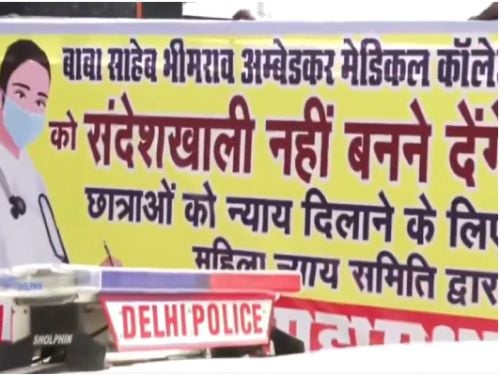 Delhi: Female students complain of sexual harassment by Professor Salim Sheikh
Delhi: Female students complain of sexual harassment by Professor Salim Sheikh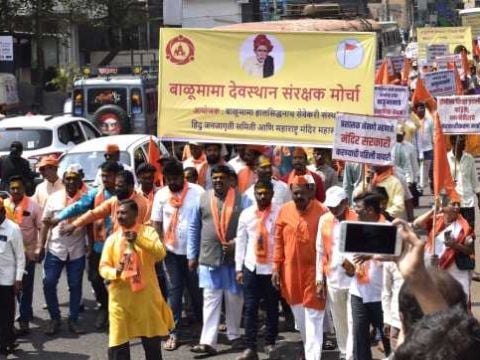 Conduct an immediate inquiry into mismanagement of ‘Balumama Devasthan’ at Kolhapur
Conduct an immediate inquiry into mismanagement of ‘Balumama Devasthan’ at Kolhapur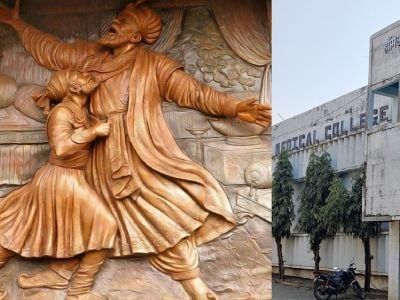 College students perform Afzal Khan’s killing in annual program, Muslims demand apology
College students perform Afzal Khan’s killing in annual program, Muslims demand apology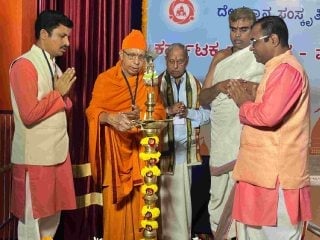 United resistence is necessary to protect temples! – Priest Shri Harinarayana Asranna
United resistence is necessary to protect temples! – Priest Shri Harinarayana Asranna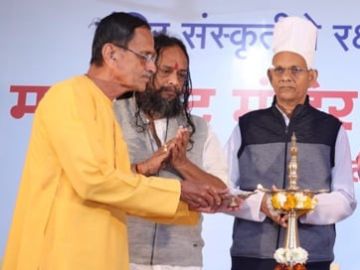 Amravati: Maharashtra Mandir Nyas Adhiveshan to protect and promote temple culture
Amravati: Maharashtra Mandir Nyas Adhiveshan to protect and promote temple culture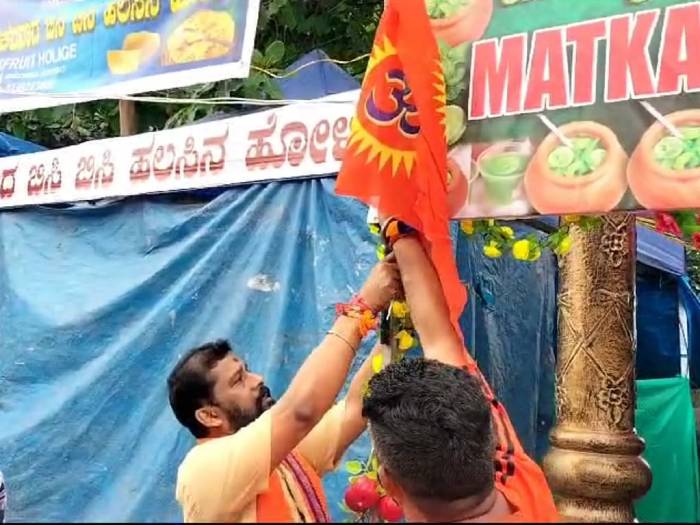 Traders oppose biz by non-Hindus around Mangaluru temple
Traders oppose biz by non-Hindus around Mangaluru temple